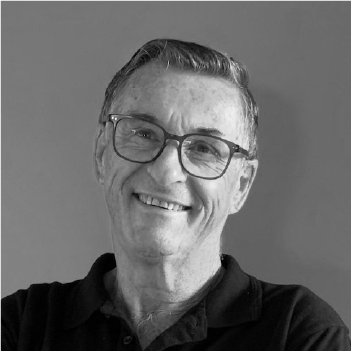Mindful organising happens when we direct our focus to what we are experiencing, how we are processing information, and by taking considered action. When focussed on workplace safety, mindful organising refers to individuals and groups being particularly alert to small errors or weak signals in the work being done, examining what those weak signals mean, and then using all available expertise to make changes that will reduce the likelihood of them recurring.
The term mindful organising can be attributed to the research of Weick and Sutcliffe[1] who expanded upon Roberts’ original work on High Reliability Organisations (HROs)[2]. High Reliability Organisations are described by Weick and Sutcliffe as organisations…“where a million accidents are waiting to happen, but they don’t!”
There are 5 key characteristics demonstrated by High Reliability Organisations:
- Preoccupation with Failure – small errors are important – magnets that attract attention.
- Reluctance to Simplify – simple explanations are not accepted – errors are examined.
- Sensitivity to Operations – the focus is more on the actual work as it is being done, not plans.
- Commitment to Resilience – errors don’t disable.
- Deference to Expertise – authority to act is focused on expertise, not rank.
The presence of these 5 characteristics has been compared to other organisational types. The difference is that HROs employ well-developed capabilities to “…see the significance of weak signals and then respond vigorously.” [3]
At Fusion Safety, the characteristics of HROs set our standard for workplace safety cultures.
We are focussed on the dynamics of mindful organising for safety and the capabilities needed to do this effectively. We concentrate on the regular, everyday acts of people coming to work and organising themselves to get work done in a way that reduces errors, risk and likelihood of incidents and accidents.
At the very heart of mindful organising lies a belief that human organising occurs through sensemaking, and this starts with the formal communication of safe work systems, structures, processes and procedures that provide the template or guide for doing work safely. These are important. Very important. But systems, structures processes and procedures are not always perfect or foolproof. People will interpret them in different ways and groups will make decisions about which interpretation to use to get work done. As work happens, small variations or errors (weak signals) to what is planned will happen despite the best-laid plans.
Mindful organising describes the well-developed habits and skills deployed to notice and respond effectively to errors.
For information on strategies to develop mindful organising for safety, book a free-of-charge 15-Minute Discovery Call with one of our experts or visit our website to view our array of Leadership Programs, Project Safety Services, and Bespoke Solutions.
[1] Weick and Sutcliffe, 2015. Managing the Unexpected: Sustained Performance in a Complex World, Third Edition, Wiley.
[2] Gene Rochlin, Todd LaPorte, and Karlene Roberts, “The Self-Designing High Reliability Organization: Aircraft Carrier Flight Operation at Sea,” Naval War College Review 40 (1987): 76–90
Karlene Roberts, “Some Characteristics of High Reliability Organizations,” Organization Science 1 (1990): 160–177.



